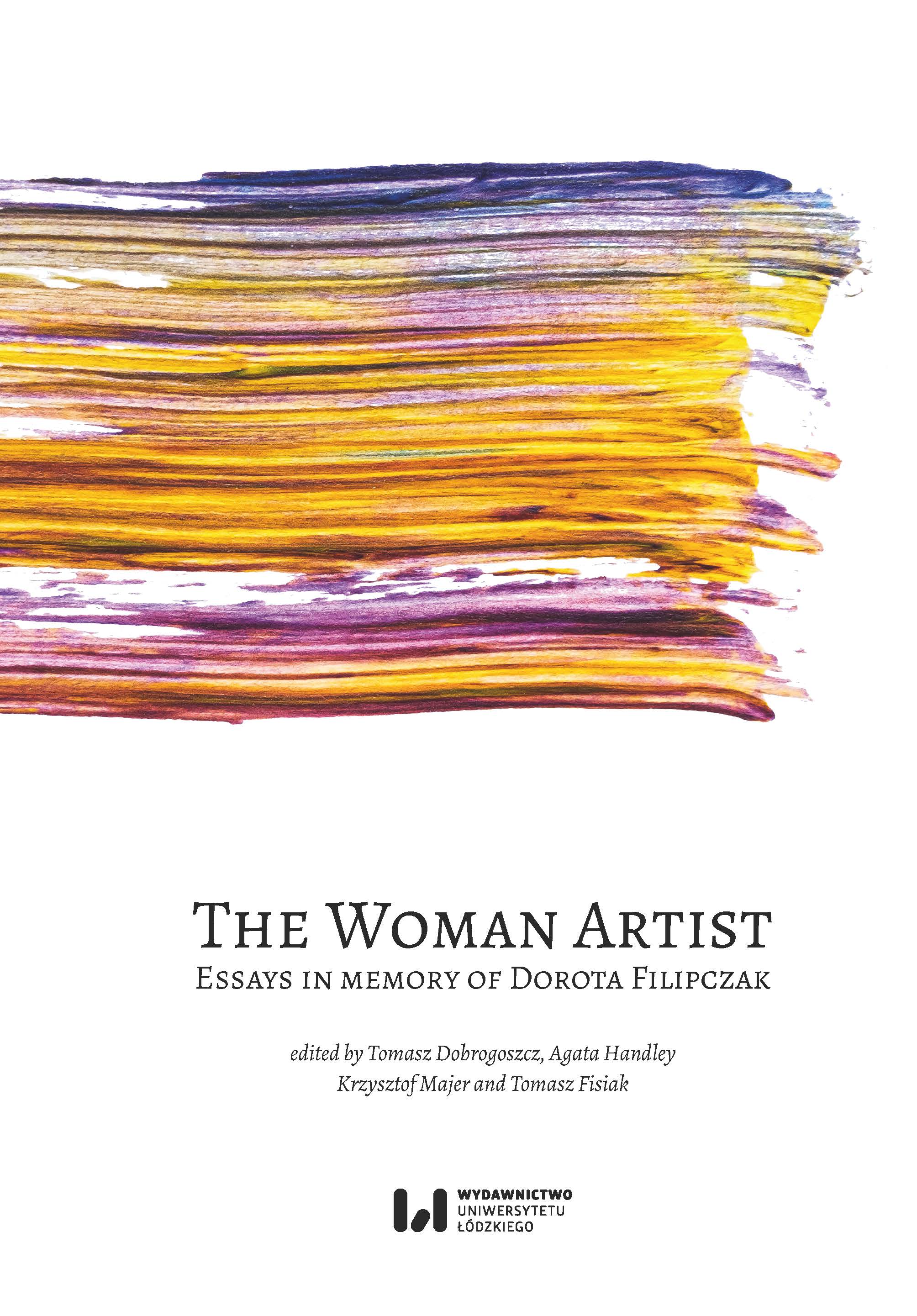What Is In the Picture (and What Is Not): Canada, Women, and Autobiography in the Work of Geraldine Moodie, Eva Hoffman and Alice Munro
What Is In the Picture (and What Is Not): Canada, Women, and Autobiography in the Work of Geraldine Moodie, Eva Hoffman and Alice Munro
Author(s): Norman Ravvin
Subject(s): Language and Literature Studies, Studies of Literature, Translation Studies, Theory of Literature
Published by: Wydawnictwo Uniwersytetu Łódzkiego
Keywords: autobiography; photography; Canadian women
Summary/Abstract: An artist may be drawn toward, or overtly resistant to, autobiography. The range of possible approaches affects the inward, intimate portrait they create, but also their rendering of place and time. The impact of such varied approaches can be seen in the work of three women: photographer Geraldine Moodie, memoirist Eva Hoffman, and fiction writer Alice Munro. In Moodie’s case, a documentary portrait of place and time is found in her studio and landscape photographs of Cree in south Saskatchewan, as well as in her photographs of early 20th-century Inuit at Fullerton Harbour. For Munro, in a suite of late-career pieces, the focus is Wingham, her Ontario countryside birthplace in the 1930s and ‘40s. In Lost in Translation Hoffman depicts Jewish Vancouver of the late 1950s and early ‘60s. In each of these, the portrait of place and time is ambiguously linked to autobiography. Moodie’s camera provides a seemingly objective record which lacks a guiding artistic statement, since no autobiographical record exists. Hoffman presents an overt and detailed memoir of Jewish Vancouver at the time of her Jewish Polish family’s emigration from Kraków. But her self-portrait, however intimate, leaves a great deal out, and even obscures the life of the city in a way that signals how autobiographical writing can turn in directions almost fictional, guided decisions about what to reveal. Munro’s final volume, Dear Life, ends with four short pieces described in the author’s note as “autobiographical in feeling,” and “the closest things I have to say about my own life.” These three contrasting portraits of self and place bridge a half-century in their portrayals of young women’s lives. Through them the reader learns how to seek their own autobiographical impulses as they relate to Canadian ground.
Book: The Woman Artist: Essays in memory of Dorota Filipczak
- Page Range: 77-97
- Page Count: 21
- Publication Year: 2024
- Language: English
- Content File-PDF

